Gudrun Krökel-Burkhard founded the anthroposophic art of healing, in all its many facets, in Brazil. After a long and energetic life, she died last September, 2022 in Florianópolis.
“Ela é uma montanha,” said her son-in-law. “She is a mountain!” When we think of the majestic power of a mountain, the years it takes to rise, its presence, its mightiness, and its steadfastness, the image is certainly apt. Gudrun Burkhard (born December 14, 1929, in São Paulo) was actually quite tall physically. Her inner being was rather shy and withdrawn, while outwardly, she was a powerful personality whose presence left a lasting impression. She was authentic, purposeful, energetic, and capable in a way that few human beings are. She came to Earth to perform a great abundance of tasks—visible manifestations from the world of spirit. She always focused on what was concrete, evident, tangible, and feasible. She worked to transform impulses and insights out of anthroposophy into the physical world. This included what she founded in Brazil: a training course in anthroposophic medicine for doctors, a branch of Weleda, and the Clinica Tobias, where all the various medical applications can be practiced. Clinica Tobias was the first anthroposophic clinic outside of Europe.
From there, her path continued in Europe with courses in biography work and training as a biography consultant, as well as giving the initiative for the first worldwide biography work conference at the Goetheanum. She also founded the Centro Paulus, a center for medical and social pedagogy courses, and the Associação Brasileira de Medicina Antroposófica (ABMA) (Association for Anthroposophical Medicine in Brazil), in which she served as president.
After years in medical practice, she realized that medicaments alone were not always enough and that therapeutic biography work had to accompany the healing process. The development of biography work was a logical consequence of Gudrun’s mission. She established Artemisia, a treatment center for biography work, and the first biography work training program in Brazil. During her “retirement” in Florianópolis, in southern Brazil, she established the therapeutic center Clinica Vialis and the Sagres Association, which offers a variety of educational trainings and courses with a focus on biography work and art therapy, along with the nearby Hostel Acalanto. She wrote numerous books on nutrition, medicine, biography, and biography work. Her last book, on life after eighty, was written based on her interviews with many different people over the age of eighty. Gudrun truly possessed the strength of a mountain!
Beginnings
Her father, Walter Krökel, chose her name, which means “knows about the gods.” Walter was a physiotherapist and naturopath who emigrated to Brazil from Berlin in 1920. Gudrun was his daughter from his first (short) marriage. His second wife brought anthroposophy into their lives. Gudrun grew up as an only child in São Paulo and described how she spent many hours in the rich, natural surroundings and how the whole family would bathe every day in a nearby lake during the summer. At the age of 12, she knew she would become a doctor. At 18, she passed her first entrance exam for the medical institute and began her medical studies with great enthusiasm. In the same year, her father and stepmother became more deeply interested in anthroposophy and regularly attended lectures and reading circles, which stimulated Gudrun’s own interest. In her first semesters in medical school, she became the top student and received multiple awards. The supervisor of her practical work in the hospital trusted her implicitly, and during her fourth year of study, she was already caring for patients and was even authorized to prescribe medications. She was particularly fascinated with anatomy and histology, working for hours at the microscope, studying the images and tissues: “Under the microscope, I saw a whole starry world in the cells.”

First Life: Medicine
At the age of 22, during a lecture on Goethe, she met her first husband, Peter Schmidt, and they were soon married. Both had the feeling that they would be able to collaborate on their path together. Raising children and starting a family was quite a new experience for both of them, but day by day, they made their way. Their two daughters, Aglaia and Solway, were born while they were both still in college; their sons, Thomas and Tiago, when she was 28 and 38, respectively. At 24, she received her medical degree and went on to work as a resident in the Department of Internal Medicine at the University Hospital. Her father had already set up a consulting room for her in his physiotherapy institute, and she soon became its medical director. Her in-laws, Melanie and Hans-Ludwig Schmidt, were involved with the founding of the first Waldorf School in Brazil (when Gudrun was 26). She became the school doctor.
Then, she decided she wanted to learn anthroposophic medicine and earned a scholarship from Weleda for the anthroposophic medical course in Arlesheim, Switzerland. During her subsequent training in Europe, she was always connected with the trainings and professional development of doctors in Brazil, supported in this work by Otto Wolf. From 33 to 35, she was in Europe, together with her husband and children, acquainting herself with a variety of anthroposophical therapies and applications. Here, she had many important and formative encounters, including meeting Bernard Lievegoed. She said later that those two years were among the most fruitful of her life. During that time, she developed the goal to bring anthroposophic therapies and applications to Brazil and to organize trainings and courses for professional development there. The need for a clinic was clear. Gudrun and Peter purchased a piece of land not far from the Waldorf school. When Gudrun was 39, the Clinica Tobias was opened. When Peter started social pedagogy work in his company, Giroflex, Gudrun became the on-site doctor. Thus, her life unfolded in three areas: social pedagogy, the Clinica Tobias, and with her family.
Second Life: Biography Work
At 45, she met Daniel Burkhard, who later became her second husband. In February 2005, she wrote: “So, a new life began for me. Peter, with whom I still have a very strong and deep inner spiritual relationship, contributed much to this transition and helped that our separation did not affect the overall work in all the various areas, especially at the clinic. I have always felt the relationship with my husband as a fatherly relationship, and to this day, I seek his advice. . . . Now, looking back, I can say that the encounter with my second husband brought to light many new elements that were already present within me. Through Peter, I had already come into contact with questions around social pedagogy and the work of Professor Lievegoed. Through the relationship with Daniel, this element was strengthened. Daniel’s friend, Helmuth J. ten Siethoff, once stayed here in Brazil and suggested that we join forces—Daniel as a business consultant and I as a doctor. From this, we decided to begin holding biography seminars. Here, we found a collaborative field of work that over the years has continued to unfold more and more.” 1 Gudrun received great support for her biography work from Michaela Glöckler, the Medical Section in Dornach, and the Lukas Clinic in Arlesheim, for which she was deeply grateful. Through this help, she was able to do biography work with cancer patients in Dornach and Arlesheim. In Germany, the Forum Kreuzberg in Berlin, the Lahnhöhe Clinic in Lahnstein, and Der Hof in Frankfurt opened their doors for her biography courses. From the age of 50, she began traveling to Europe twice a year and holding biography courses in Switzerland, Germany, Spain, Portugal, Sweden, and the United Kingdom.
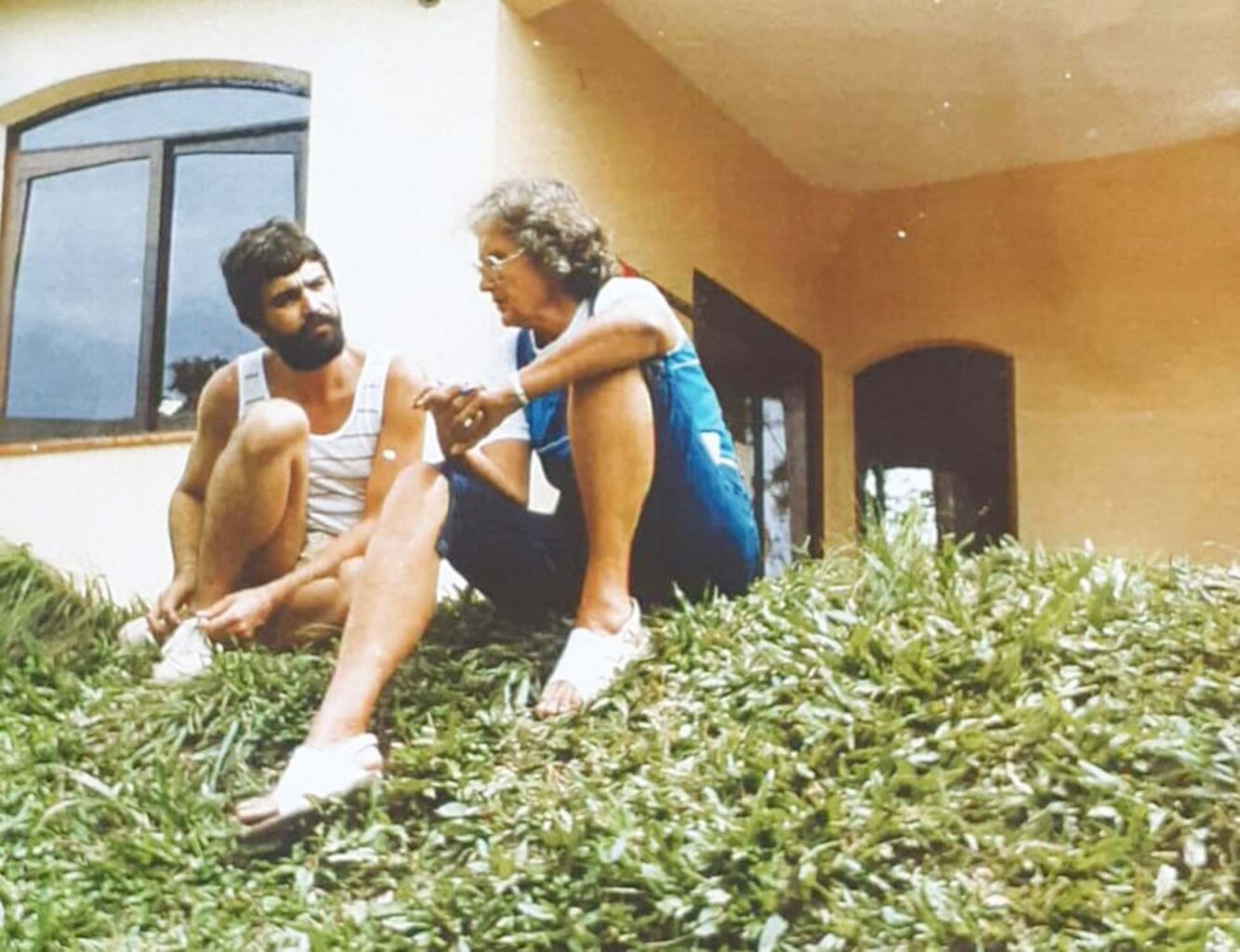
Meanwhile, in Brazil, there were many medical students who requested training and further courses. There was also a growing interest in issues of social pedagogy. Thus, in collaboration with Alexander (Lex) and Johanna Bos, she created seminars for social pedagogy. For this, a new building was needed, and the Centro Paulus was created, where numerous anthroposophical courses still take place today.
In her 53rd year, Gudrun and Daniel bought a plot of land on the southern outskirts of São Paulo to begin building their own home and a new workplace for biography work called Artemisia. Since then, countless people have come, either for training or as guests of the spa. Artemisia is a melting pot for human encounters. In 1993, Gudrun put together the first training group for biography work in Brazil.
At the age of 65, she and her husband, Daniel, decided to leave São Paulo and spend their retirement in the city of Florianópolis in southern Brazil. She once recalled how, on a boat trip with Daniel, they “watched the sunsets and the seagulls and grebes flying into the setting sun—the same flight that the soul will make one day after death, detached from the body. It’s a preparation for the sunset of life, the passage into the cosmos, blue during the day and, at night, full of stars.” 2 Even while in retirement, Gudrun displayed tremendous vigor. She welcomed anyone who came to see her, was forthcoming with advice upon request, wrote numerous books, looked after all her “homes,” and continuously worked with the arts: painting her life-pictures, creating wool pictures, and sculpting. There was endless creative power right down to the fingertips of her sun-tanned hands. At the age of 72, she fulfilled her deep wish to establish an art therapy training. There, she was active as a teacher, organizer, and participant. She studied Franz Marc in-depth and copied many of his paintings in their original size.
Inner Life
Gudrun’s inner life had nothing exuberant about it. It was more like something there was sheltered, like a mountain. Within this shelter, there would sometimes be an experience of deep loneliness. Gudrun went into every encounter open, awake, and serious. Hers was a liberating presence, leaving room for the other; she never coddled and kept free of judgments. She spoke only what was essential, and therefore, each of her words carried weight. In all her work, there was awareness, presence, purpose, and earnestness. She was a “living anthroposophy.” Everything was implemented and brought into action; everything she taught, she also worked through and lived herself—not resting on those qualities or abilities that she was given, but always working on and practicing precisely what was not. Life is an ever-continuing wellspring of development, and it is to be lived as such!
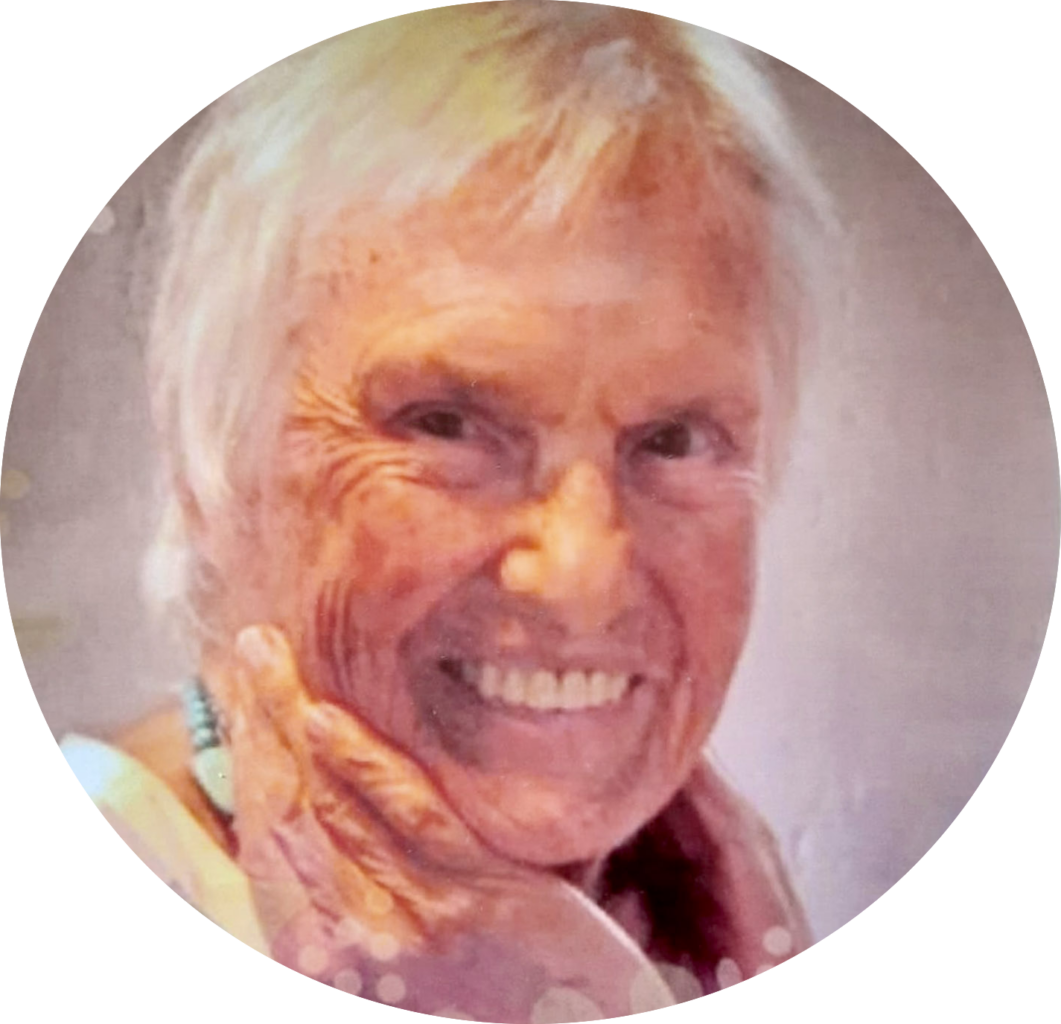
A year and a half before her death, Gudrun and Daniel decided to leave the house they loved and move into a retirement home. Organizing all their daily needs had become tedious and tiring, and they were more and more dependent on outside help; this way, they would have more peace and free time. She could enjoy being a grandmother and great-grandmother in the company of her family and all her grandchildren and great-grandchildren. The last days of her life before crossing the threshold were remarkably full of will. She suffered from severe physical pain but thereby experienced an intense consciousness. A week before her death (Sept. 28, 2022), she asked to move from the intensive care unit into a regular ward and announced that she was ready to die. She asked her family and closest friends to come and say goodbye. Even in her final hours, she gave instructions to her daughter, Solway, on how to prepare the room where her body would lie for the few days after her death. With her mission on Earth accomplished and while her daughter hung the last of her life-picture paintings, Gudrun crossed the threshold of death. She was an example of the love for life and a serious, committed connectedness to evolution. Throughout her life, she accompanied many people and groups; she stayed in touch with all of them and met with them regularly. She maintained a more personal contact with some, helping and supporting them on their way, even protecting them like a mother. We, the authors of this obituary, are deeply grateful to have been given the possibility to be among those close to her.
Translation Joshua Kelberman
Title image Gudrun Krökel-Burkhard. All images privately provided

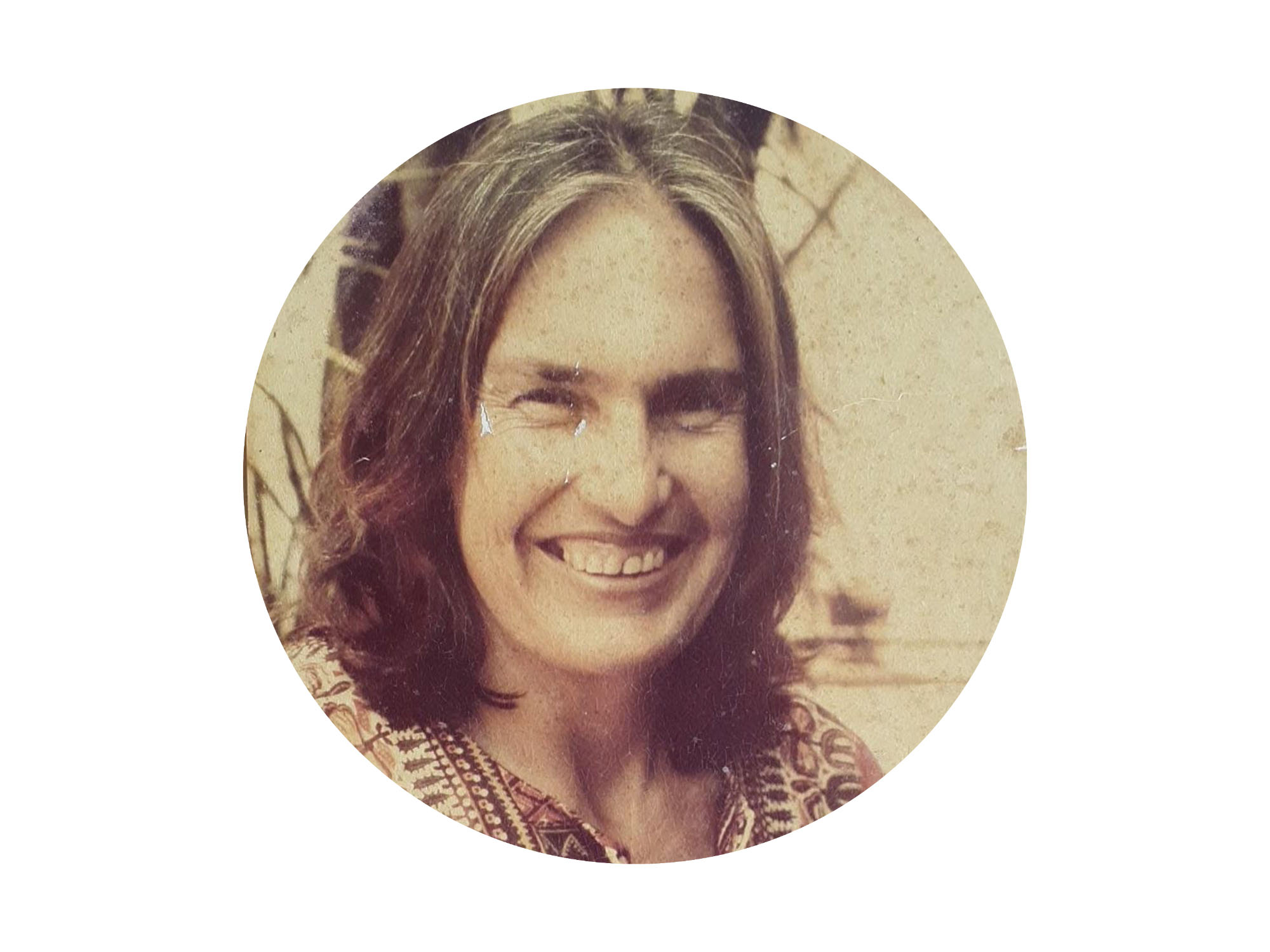

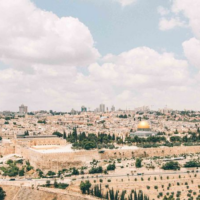
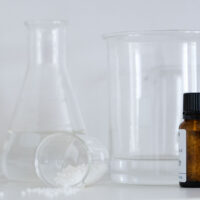

Really appreciate inclusion of Burkhard’s age at the various stages of her life. I find that details, such as the year of a particular event, are helpful. The identity of an individual is partially concrete, locations for example, and at least as important as the adjectives used to describe qualities and actions.